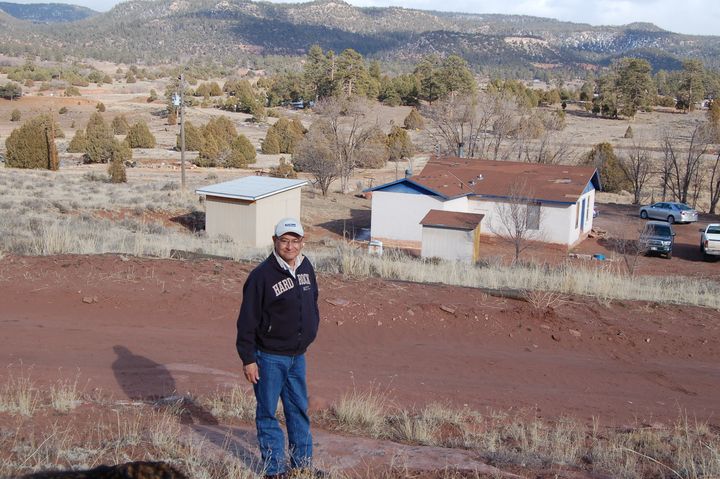
If ever you see one of the giant sequoia trees in California you may wonder where they got their name. Well, they were named after a Cherokee warrior, silversmith, painter and linguist named Sequoia.
Born in 1775, he was the son of Wuh-the of the Paint clan and was raised in the Tennessee country. Sequoia never learned to speak English, but he was convinced that the secret to power was in the written language.
In 1809 he began working to create a system of writing for the Cherokee. He believed that by increasing their knowledge, a written language would help them maintain their independence. Of course he never anticipated President Andrew Jackson and the Trail of Tears.
He experimented with pictographs and eventually symbols that represented the syllables of the spoken Cherokee language. In essence, he created a Cherokee alphabet. By 1821 he had designed 86 symbols representing all of the syllables of the Cherokee language.
It is said that anyone who could speak the Cherokee language could learn to read or write in two weeks. The syllabary allowed the Cherokee Nation to start the first Native American newspaper they called The Cherokee Phoenix. Sequoia called the words he put on paper "Talking Leaves." It was a satirical way of telling the Cherokee people that the white man's words dried up and blew away like leaves when the words no longer suited them.
It was a bold beginning for an Indian nation to find a way to inform and educate the readers of their newspaper. The newspaper could discuss the issues of the day and give all sides of an argument. It was the beginning of the ability for Native Americans to tell their own story using their own words.
Today there are still Indian newspapers that are very important to the future of the Indian nations. But there are now about 50 Indian radio stations scattered on the Indian reservations, the first beginning in 1972; a small venture into television stations and an explosion of Indian websites, blogs, tweets, and twitters in Indian country.
The Native foothold in the media has been like a boat cruising down a quiet river and suddenly splashing into the rapids. The escalation has been so swift that keeping up with the growth has been exciting and difficult.
There is so much to talk about when it comes to the Indian media. It is like the child that has just learned to walk and now is about to take off and run. It reminds me of the day my Navajo friend Loren Tapahe, then publisher of the Navajo Times, and I, then publisher of the Lakota Times, met with Jerry Sasse at the Gannett Foundation in Rochester, N.Y., in 1984 and asked him to help fund us so we could start a Native American journalists organization. Tapahe said to Sasse, "The Indian media is like a child that is trying to grow up and catch up with the white media. We need a hand up to help move us forward."
That is why I am excited to have been invited to be the opening keynote speaker at the Native Public Media Summit to be held in Santa Fe, N.M., on the campus of the Indian Art Institute on July 13.
After more than 30 years of working in the Indian media on radio, television and finally as a newspaper publisher I have seen so many changes in Indian country, especially in the media, that I believe this media summit comes at the right time and the right place and I have so many stories to tell.
The founders of Native Public Media have a motto that goes, "Media has a vital role to play in supporting tribal economic and community development and is tied directly to the nation-building efforts of sovereign tribes."
The theme for this summit is, according to Traci Morris, director of operations, "Our Voices; Our Stories; Our Network." Morris, a member of the Chickasaw Nation of Oklahoma, said, "The summit will showcase what's going on in Indian country and it will be made up of radio, print journalists, TV people and many that are involved in online media operations. It will be a place where we can all come together."
In the name of CEO Loris Taylor, Hopi, and the rest of the Native Public Media staff, I invite all interested journalists, radio personalities, bloggers and television people, to come and enjoy the beauty of Santa Fe and to meet and greet Native American media folks from all across this great country.
Sequoia would jump with joy if he could see how the world of Native media has evolved since his "Talking Leaves" broke ground in the Cherokee Nation.
Tim Giago, an Oglala Lakota, was born and educated on the Pine Ridge Indian Reservation. He was founder of the Native American Journalists Association and of Indian Country Today newspaper. He was a Nieman Fellow at Harvard with the Class of 1991.